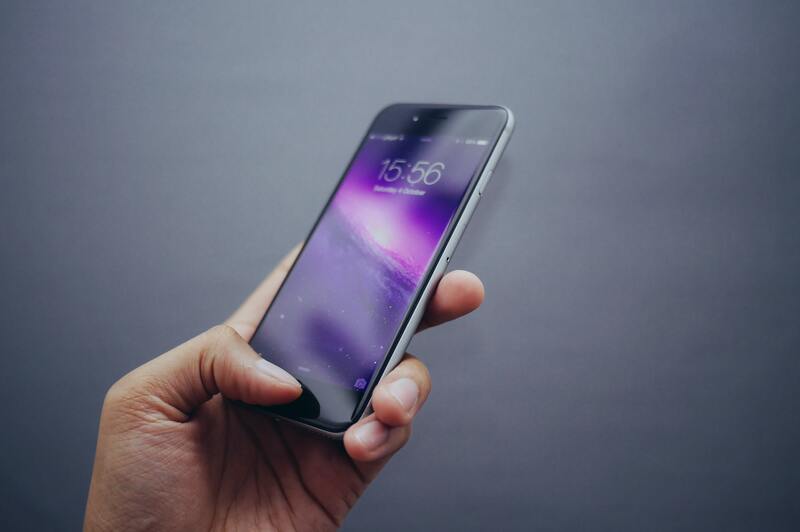You must be in need of learning how to fix old water damaged phone if you are one to care for a device long after you first get it. After all, things we’ve cared about for a long time carry material and emotional value, so it’s natural that we’d want them to continue enduring.
When you start to become capable of buying things, needs, and whims alike, by your earnings, you’re typically going to place different values on things compared to when they were being bought for you. Especially with that first paycheck, you probably recall which you spent it on.

In such moments, we’d learn to care for material things to a better extent compared to before and, as such, try to discover more ways to preserve them. With that curiosity and wish to protect something, you’ll understand how to address such depreciating phenomena as friction and wear and tear.
Steps In Fixing Old Water Damaged Phone
Like with us, living things age, to an extent, shrinks the amount and types of damage to electronic devices. Of course, there are things that will destroy certain devices almost immediately, even if it’s brand new, but for water damage, new phones have a bit of a better survival tendency compared to aged ones.
For one, phones made later use discoveries from older versions that made them susceptible to certain forces as well as manufactured with better materials. On the account that the brand you have is envisioned for sustainable growth and product development, newer devices should last longer than previous versions.
If an old phone accidentally falls into water or other fluids, here’s what you can do to recover it.
Step #1. Turn it off
You may already be exceptionally well aware of this; water is an extreme enemy of devices that work with electricity. This is because water is conductive in nature, and therefore when it gets introduced to a circuit board, which is why your phone works, it creates shortcuts to which current will choose to run.
The problem with that is that the minute chips in your phone’s board are designed only to handle a specific amount of current, and when that current takes a shortcut, it suffers less resistance and comes stronger than intended. This is why the term fried is commonly used hand in hand with short circuits because, similar to an oven, too much energy input will cause an overload and pop or burn the unexpecting parts.
As such, the highest priority you have for old phones when a water-related accident occurs is to make such shortcuts impossible, and you can do that by cutting off the power. When you turn off your device, it halts the current flow in the boards, thus diminishing the chances of frying its parts.
To put it simply, cutting off the supply becomes the saving grace of your phone.
Step #2. Remove the sim cards, memory card, and battery
After it’s been turned off, the next thing you must do is detach all the removable parts of your phone, including the charger, earphones, sim cards, and memory cards. You need to do this in the chance that the worst comes and your phone doesn’t survive; you might as well recover these auxiliaries safely.
It is quite unlikely, but there can be residual current transfer happening after you’ve turned off the device, and if you’ve noticed, all these auxiliaries have some kind of metallic part on them. These parts connect them to the main device, allowing passage and interaction of signals via currents to serve their purpose, so they also become susceptible to the short circuits.
Detaching these parts also allows you to dry them separately, then open up their ports for drying. Preferably, it would help if you could disconnect the battery as well, ultimately cutting off the power supply.
Step #3. Dry it well and immerse it in desiccant
After removing all the auxiliaries, you now need to dry the phone and all those parts you’ve removed. Unfortunately, you can’t treat an old phone like a new one, where if there isn’t condensation, you will rest assured.
Older phones mean more used parts. Time wears almost every part of a device, which means some previously well-covered chips are less insulated now.
Your phone might appear fine outside, but residual water in those worn parts might create bigger disasters. Dry the phone well to avoid such an event using an absorbent clean fabric.
After wiping it, let your phone and other wet auxiliaries be immersed in desiccant for at least two to three days.
Step #4. Bring your device to your service provider, then back up your files
After drying your phone, clean it and try turning it on. Don’t attach the removed parts yet; you can test those on a different device.
Bring it to your service provider and immediately request a backup. Check this link about how to back up water damaged phone, so you know what they’re doing.
Ask them to check your phone and tell them about the accident. You should also request some maintenance against possible corrosion and rusting.
Here’s an article enumerating what phone can be fixed when water damaged; try to check if your device is among them.
Conclusion
That’s how to fix old water damaged phone! The most important takeaway for you is that the faster you move to save it, the better its chances of coming out unscathed.
